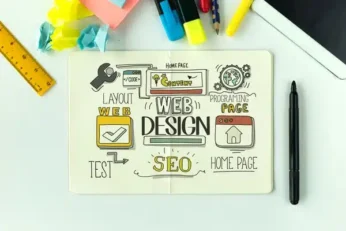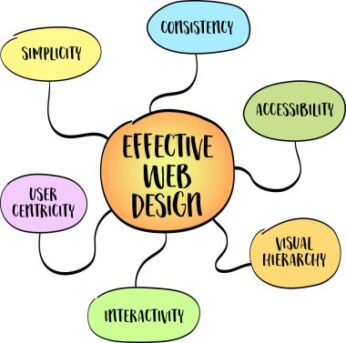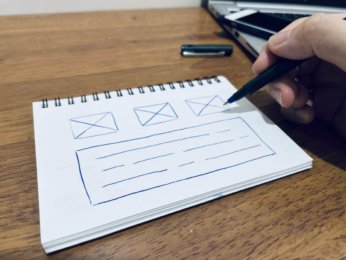Website is the second most popular channel used for marketing purposes in 2022, according to HubSpot. While it’s important to note that 59% of users, as per Adobe, prefer “beautifully designed’” sites compared to “something simple and plain,” 88% of users won’t return to a website due to poor UX, as reported by Amazon Web Services. Hence, businesses need a website design strategy that combines visual appeal and usability to engage and convert users.
DesignRush, a B2B marketplace connecting businesses with agencies, leveraged its 13,000-agencies-strong network for quick insights – or “QuickSights” – on the strategic web design tips for digital marketing.
1) CAPTURE ABANDONED CARTS VIA EMAIL SIGNUP
Forge Digital Marketing CEO Erin Schnittker Siemek states that installing email integrations and leveraging exit and shopping intent popups to collect emails on websites is a winning combination to capture abandoned carts.
“If you have an eCommerce business, we stress the importance of creating integrations with Klaviyo on your website,” said Siemek. “Design a user experience that converts first and foremost, but the second best thing to [help increase] sales conversion[s] is email signup. [Therefore] structure your website and email integration to capture abandoned carts and use strategic exit intent and shopping intent popups to grow that email list […] A website that uses these techniques can expect to add 30% to their bottom line of revenue by correctly deploying email capture within your web design and development plan.”
2) DECLUTTER YOUR SITE FOR FASTER LOAD TIMES
In the opinion of Rahul Jain, founder of SlashMonk, decluttering is a key tactic to incorporate on websites because it helps improve usability and search engine rankings.
“Speed is key when it comes to website usability,” said Jain. “That’s why one of the best ways to improve [it] is by decluttering your site. By eliminating unnecessary elements and formatting, you can significantly reduce the time it takes your website to load. Not only will this make your website more user-friendly, but it will also boost search engine rankings. So go ahead – clean up your site and see the dramatic improvements it makes in both usability and search engine rankings!”
Tabitha Jean Naylor, owner of TabithaNaylor.com, adds that optimizing websites for fast speed is essential since delays can cost businesses a significant number of leads.
“An extra 5 seconds on your page load time can mean losing 20% of your leads,” said Naylor. “Optimizing website speed will ensure your potential customer stays long enough to engage and realize that they need your product. Compress images, get rid of unnecessary plugins and minify website code for faster speeds.”
Read more: Experts Share Tips on Strategic Web Design for Successful Digital Marketing









